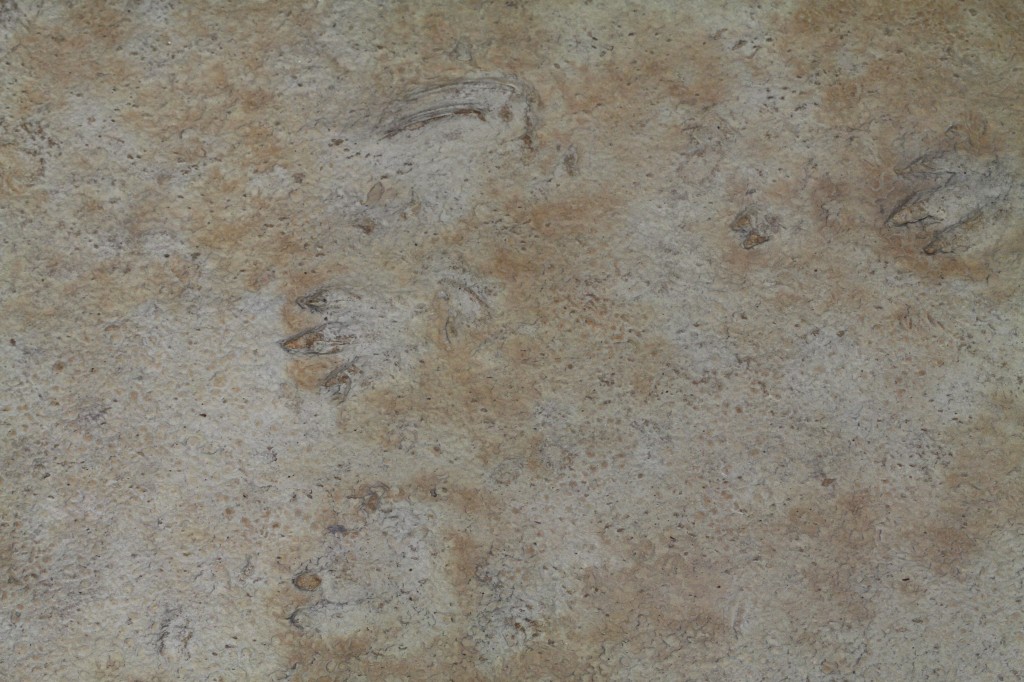Browsing the "Triassic" Category
The Triassic period is a division of earth’s history spanning from around 252 to 201 million years ago, and during which global faunas were radically reorganised in the wake of the Permian mass extinction. The climate of the Triassic was typically arid and hot. During this period, the supercontinent of Pangaea began to gradually break apart, opening the Tethys Ocean. Recovery from the Permian mass extinction lasted up to 10 million years. In the oceans, surviving invertebrates including corals, cephalopods (such as ammonites) and echinoderms began to diversify. Marine reptiles became abundant and reached colossal sizes by the end of the Triassic. On land, archosaurs, a group of reptiles including crocodilians and dinosaurs, began to flourish. Mammal-like reptiles, on the other hand, became smaller and less diverse. The end Triassic is also characterised by a mass extinction event. Around 76% of all species, including the conodonts (a successful group of jawless fish), many archosaurs (with the notable exception of dinosaurs) and large amphibians were wiped out.

Published on January 20th, 2025 | by Hady George
If there was a Period of Earth’s history that could be called ‘the one with the weird vertebrates’, it would be the Triassic. And if you don’t believe me, I ask you to turn your attention [&hellip... Read More →
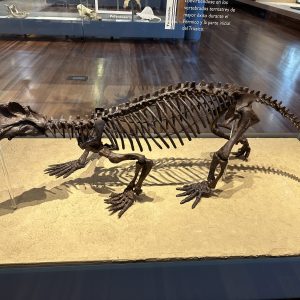
Published on June 14th, 2024 | by Hady George
The jaws of predatory synapsids fall under three distinct categories but what was each one adapted for... Read More →

Published on March 4th, 2024 | by Guest Blogger
Harrie explores some of the factors enabling sauropod gigantism... Read More →
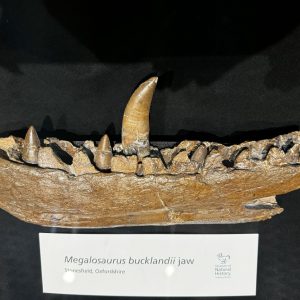
Published on February 7th, 2024 | by Emily Keeble
We're in London to celebrate 200 years of dinosaur research... Read More →
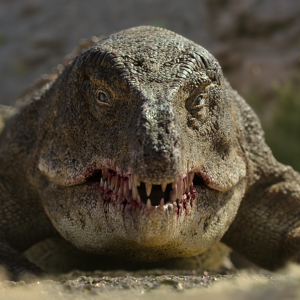
Published on October 25th, 2023 | by David Marshall
We're granted exclusive access to this new Netflix documentary... Read More →
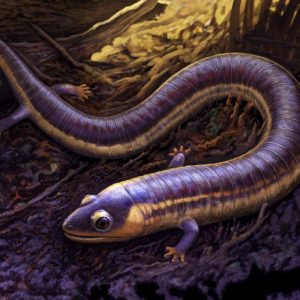
Published on January 25th, 2023 | by David Marshall
We burrow into lissamphibian origins with the help of exceptionally rare fossil caecilians... Read More →
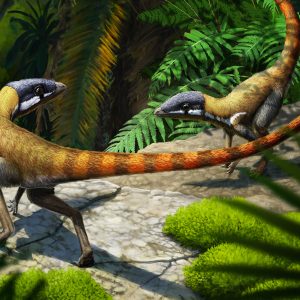
Published on October 5th, 2022 | by Liz Martin-Silverstone
Scleromochlus is an animal that has been known for over 100 years, and has been frequently suggested as being an ancestor to pterosaurs. It hails from the Late Triassic of Scotland, and there are fewer than [&hellip... Read More →

Published on January 2nd, 2022 | by David Marshall
We learn to draw and paint dinosaurs with Dr Emily Willoughby... Read More →
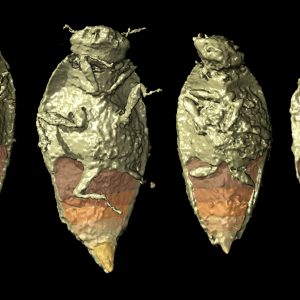
Published on July 19th, 2021 | by David Marshall
We look at the beetles found within Triassic dinosaur dung. What can they tell us... Read More →
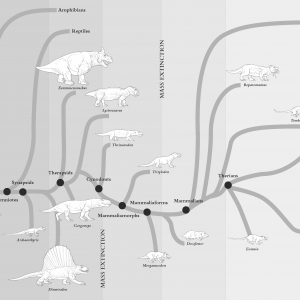
Published on June 16th, 2021 | by David Marshall
Our very own Dr Elsa Panciroli comes on the show to discuss her new book 'Beasts Before Us'... Read More →






















